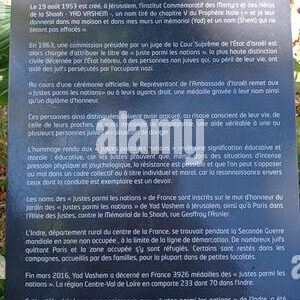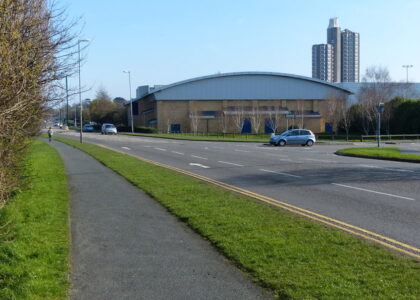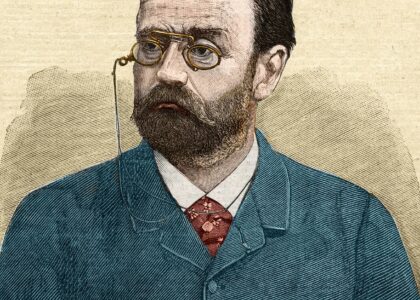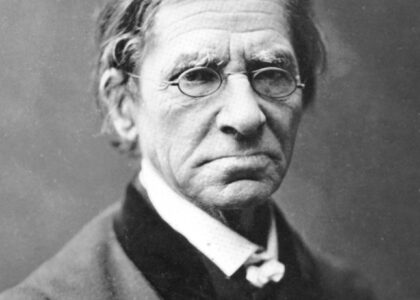Welcome to the 1850 House Museum & Gift Shop, a captivating portal into the past that offers a unique glimpse into life in mid-19th century New Orleans. Located in the historic French Quarter, this museum is housed in one of the iconic Pontalba Buildings, which are the oldest continuously rented apartments in the United States. These buildings, completed in 1851 by the Baroness Micaela Almonester Pontalba, reflect the architectural transition from French to Spanish influence, with their distinctive wrought-iron balconies and brick facades.
The 1850 House Museum does not represent a specific family but rather a typical residence from the era, offering insights into the lifestyle of upper-middle-class families in antebellum New Orleans. As you walk through the meticulously restored rooms, you will encounter authentic period furnishings, artworks, and personal items that bring the past vividly to life.
The museum stands as a witness to the many layers of New Orleans’ history. During the 19th century, the city was a bustling port and a melting pot of cultures, significantly influenced by the transatlantic slave trade and the massive influx of immigrants. It was a time of economic prosperity for some, contrasted starkly by the realities of slavery and the socio-political tensions leading up to the Civil War.
Among the notable figures connected to this era are the aforementioned Baroness Pontalba, whose ambitious construction projects transformed the cityscape, and the many unnamed enslaved individuals whose labor built and maintained these structures. Their stories, though often untold, are integral to understanding the complete history of New Orleans.
As you explore the 1850 House, imagine the vibrant life of the French Quarter at the time—filled with the sounds of Creole music, the aromas of diverse cuisines, and the blend of languages in the air. This museum not only preserves the aesthetic grandeur of its period but also serves as a crucial link to the cultural and historical narratives that shaped New Orleans into the unique city it is today.





